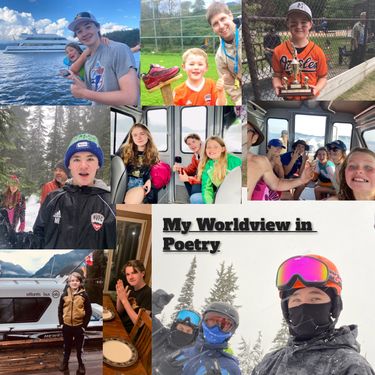https://www.instagram.com/p/CboK0VqJmDm/?igshid=OTE2OGRmYjI=
Hi everyone, and welcome back to my blog.
Today’s post is about the recent project I’ve been working on, “Case for a Nation”.
This project is all about nationalism, and the relation between events from the past, to today.
The driving question was: “How can an understanding of nationalism of the past, help us to make sense of today?” An understanding of the past can help us to discover the reasoning behind events, who were involved, and what the effects were.
To demonstrate my learning, I’ll be highlighting the milestones/stepping stones that helped me most in answering the driving question.
Firstly, I’ll be highlighting the Current events activity. In this activity, we had to reaserching a topic, and then relate it to nationalism. My current event choice was “the Brian Flores lawsuit”. Former NFL head coach, Brian Flores sued the NFL over racism.
This event helped me to better understand identities and perspectives around the world. Also, to further understand the reasoning behind events.
Here’s a picture of my current events doc:

The keystone in this activity was “How are nationalism and identity connected?”. They’re connected because ones nationalist reveals their identity.
The second event I’d like to talk about is “the confederation simulation” activity. In this activity, each group represented a different province. My group represented Canada West. Also, in this activity, each province had to present a list of needs. We then later held the “British North America” conference. In this conference, it was revealed what each province would get/lose from the signing of this act.
This activity taught me about Canadian history, and how Canada was formed. Moreover, it taught me about about the nationalist ideas at the times. For example, the validation of power, greed, and expansion.
The keystone in this activity was “How did nationalism change BNA?”. It changed “BNA” because each province had varying terms, and needs.
The last events I’d like to mention is my “Image Curation”.
The final product in this project was an instagram post that had 3 images, and a supporting caption that explained our topic. My topic was “Lord Selkirk and the battle of seven oaks”. My partners were Theryn and Cale.
Here’s the images that I created:



As you can see, the first image is a drawn on image, the second is a quote, and the third is an image of our choice. We first crafted our drafts, got feedback, and then applied it. The feedback that I got was to improve my quote. They said that the image in the background of my quote was too plain. I then applied this critique to my next draft, and I made it a lot better.
This milestone was apart of the the keystone “How can I write to support an opinion?”.
You can do this by using media/tech to describe that opinion and explain them well.
Now for the Final product, the Instagram Post.
To look at my post go to the instagram account: “historicalperspectives2022”. https://www.instagram.com/historicalperspectives2022/.
In summation, I enjoyed learning about nationalism and identity. I learned that nationalism can be used positively and negatively. Also, I learned lots about my research topic, “lord Selkirk and the battle of seven oaks”. I liked how this project had writing, as well as artistic design.





















